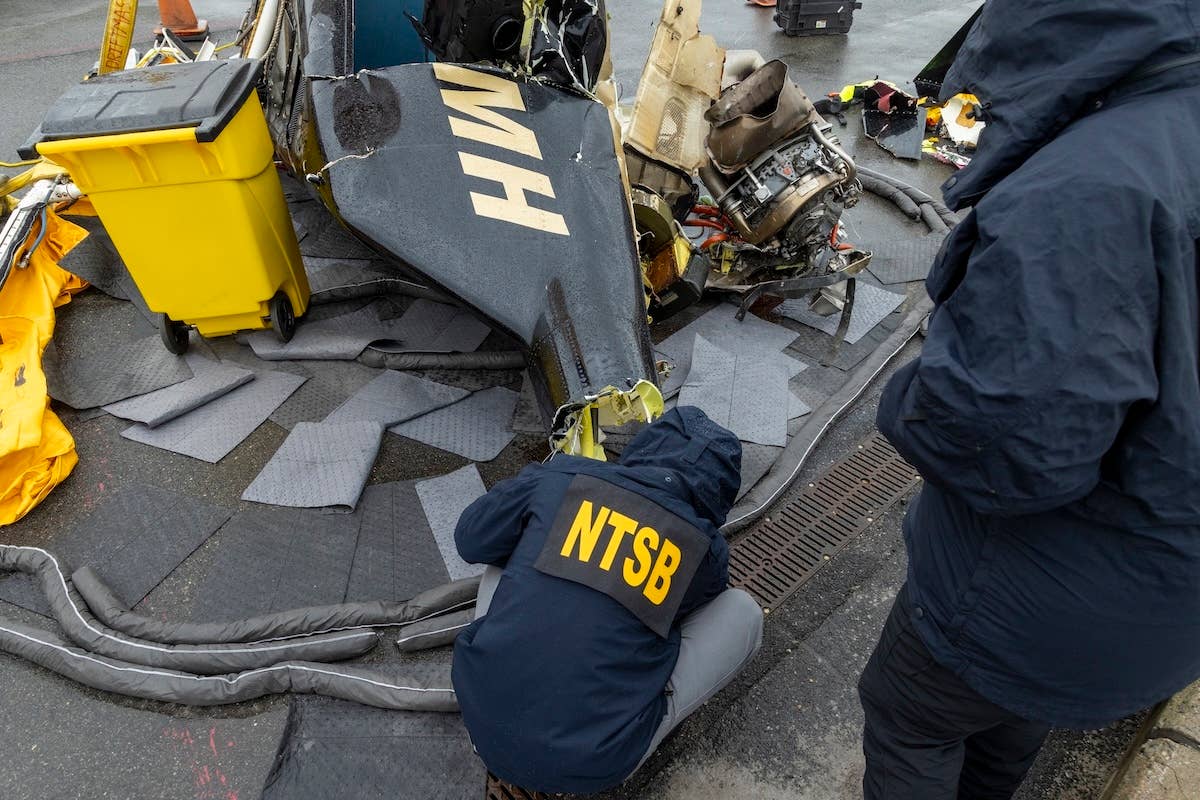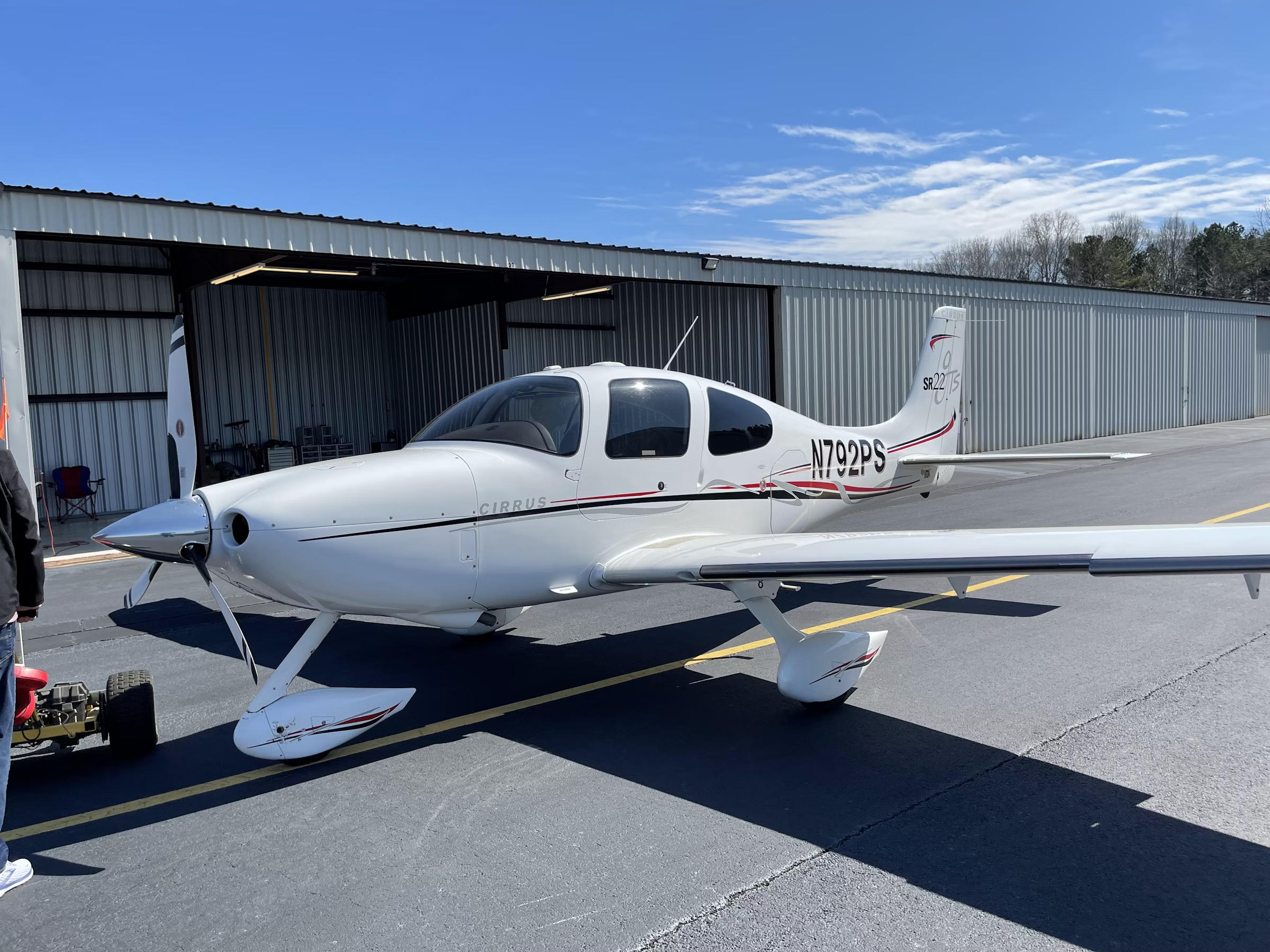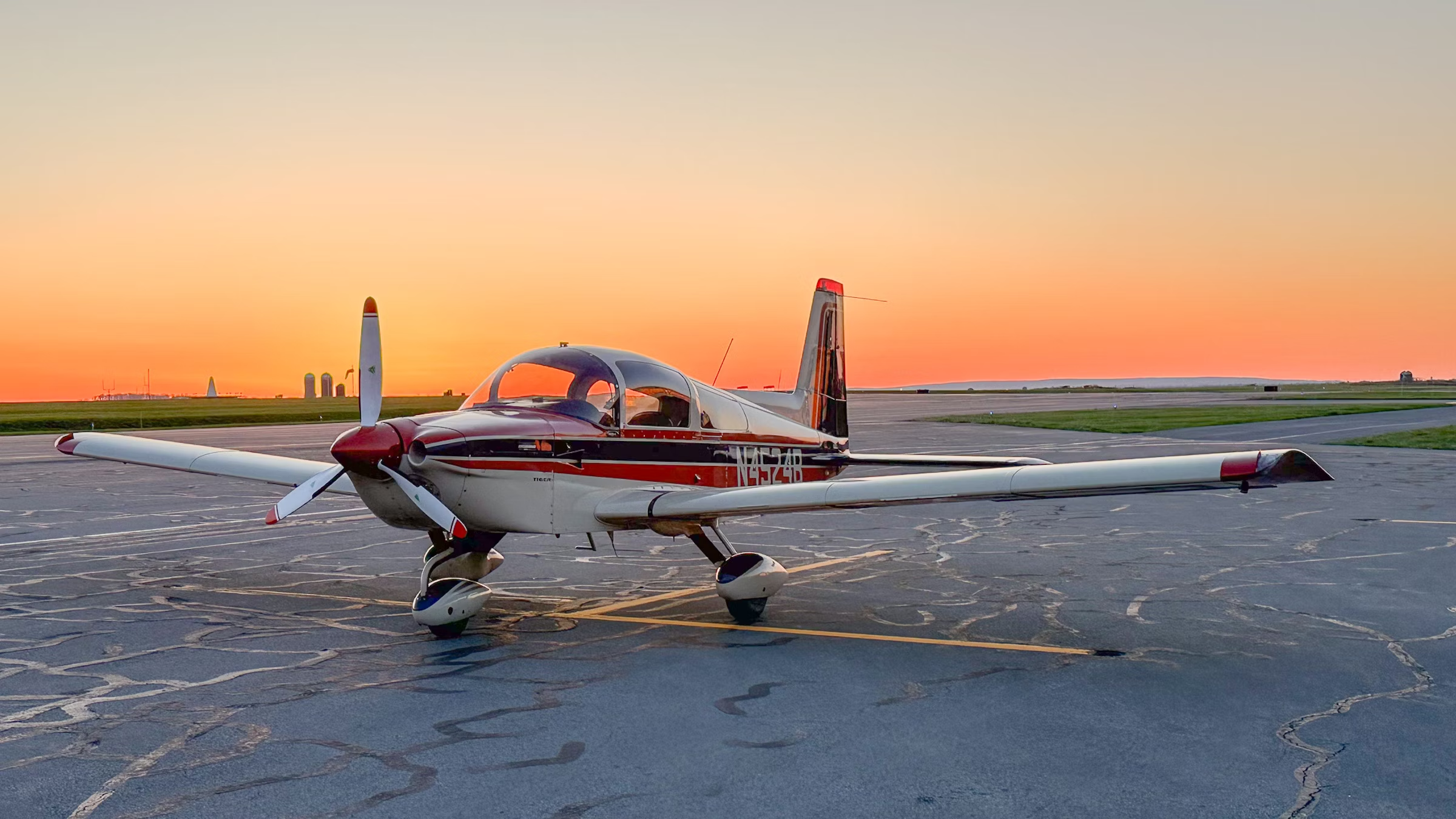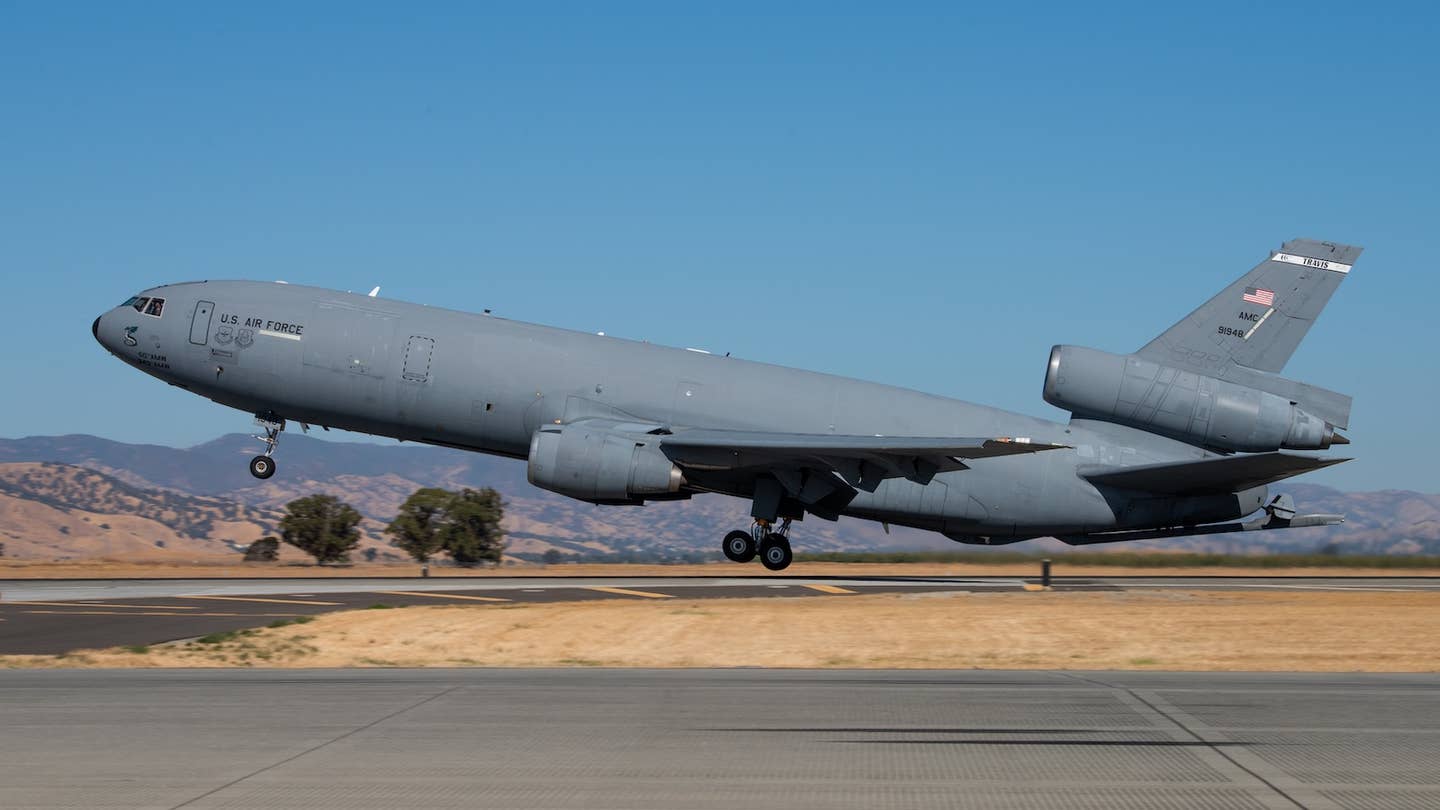Piaggio P.136: The Graceful Pusher
Wisconsin pilot is the proud owner of one gallant ‘Gull.’

The first flight of the P.136 occurred in summer 1948. [JayBird Aviation Photos]
Piaggio Aerospace boasts a history of building some of the premier airplanes coming out of Italy. Formerly known as Piaggio Aero Industries, the company is one of the world’s oldest aircraft manufacturers, having produced its first design in 1915.
The 1920s and ’30s saw Piaggio’s prestige grow. The company added top aeronautical engineers and expanded its capabilities worldwide. And, of course, the firm made significant contributions to Italy’s war effort.
If you're not already a subscriber, what are you waiting for? Subscribe today to get the issue as soon as it is released in either Print or Digital formats.
Subscribe NowPostwar Rebuilding
Following the devastation of Piaggio’s facilities during World War II, the manufacturer began its postwar rebuilding process by developing an aircraft that, in some ways, flew in the face of aircraft trends for the time. Until WWII, most airplanes, especially larger ones, sported tailwheels or, in some notable cases, were flying boats.
The war saw the development of a worldwide network of airports featuring long, paved runways. This addition to aviation technology spelled the end of water-based transports and the nearly universal shift to tricycle landing gear for practically all larger aircraft.
Piaggio’s first postwar entry was a relatively large, five-seat amphibian with a tailwheel. In addition, this twin-engine transport, designated the P.136, incorporated an unconventional feature in the form of pusher propellers.
To top things off, the P.136’s dihedral wing design gave it a graceful appearance that led to its appropriate nickname, “The Gull.”
Pushing Along
The first flight of the P.136 came on August 29, 1948. Initial deliveries were made to the Italian Air Force, which ultimately ordered 22 of the type, in the early 1950s. Altogether, 63 were built. Of these, 32 were imported and assembled in the United States by Kearney and Trecker and marketed under the brand name “Royal Gull.”
Around 75 engineering modifications were made to suit North American requirements when importing the P.136s. These included two additional models, the P136-L1 and P136-L2. The P136-L2 sported GTSIO-480 Lycoming engines rated at 340 hp.
- READ MORE: Finding Freedom by Flying in Alaska
In 1957, Piaggio built its first P.166 as a direct development of the P.136. The new model was not amphibious and featured a tricycle landing gear, redesigned tail, and larger cabin designed to accommodate up to 10 passengers plus a crew of two. More than 150 P.166s were built, with many going to militaries around the world, while quite a few operated as personal transports and in service for feeder airliners.
Back to the P.136
One such U.S.-assembled machine, a 1954-built P.136-L1, serial number 194, is registered as N222A. It resides at New Richmond Regional Airport (KRNH) in Wisconsin and is owned by Barry Hammarback, currently vice president of Perceptive Avionics. Hammarback holds ATP multiengine land and sea, commercial helicopter, instrument helicopter, CFI, and advanced ground instructor ratings. He has more than 7,000 hours in multiple aircraft.
Hammarback is a life member of the Seaplane Pilots Association and the Commemorative Air Force, where he is a sponsor of the B-25 Miss Mitchell. He also belongs to the Experimental Aircraft Association’s Warbirds of America division, and the Aircraft Owners and Pilots Association. He currently flies a Vietnam-era UH-1H “Huey” helicopter and a 1954 Piaggio Royal Gull amphibian.
Hammarback’s Gull was the first P.136-L1 imported to the U.S. by Kearney and Trecker. It was used as the importer’s demonstrator and later became corporate transport for an insurance company. Eventually, it was sold to George Stevenson, a Boeing 747 captain for Northwest Airlines. N222A resided at KRNH, where Hammarback had his Mooney based.
“It had to be in the late ’80s or early ’90s, [and] I was driving past a hangar when I spotted this funny-looking airplane,” Hammarback said. “Of course, I got out of the car and immediately went up and tried to figure out what the heck it was. In the back of my mind, I remembered seeing a picture of it in an old airplane magazine…Turns out it was an NBAA [National Business Aviation Association] magazine from 1954 or ’55. Not only was it a Piaggio P.136, it was the Gull now sitting at KRNH and owned by George Stevenson. After that, I made a point of trying to track George down and find out a little bit more about it."
Hammarback said Stevenson and his wife had rebuilt several airplanes over the years.
“When he and I met, he had already put in years of work on N222A, far above and beyond the initial modifications performed by Kearney and Trecker,” he said. “From the early 1980s, Stevenson was continually modifying the airplane, inside and out. Many of these mods did not have STCs, so he painstakingly completed FAA Form 337s, which cover major repairs or alterations to a specific aircraft, powerplant, propeller, or appliance. As examples of this, he changed the generators out for alternators, which required changing out many of the electrically driven items on the Gull. The FAA made him perform all the load tests before granting final approval.
“Stevenson also went through the arduous process of relocating the throttle quadrant to the upper ceiling of the cockpit, à la [the] Grumman Goose. The new engine panels required wiring and cables that went up through the center part of the windshield and then snaked back to the engine. Then, of course, he had to go back to the FAA again to get all these mods certified. He redid the whole instrument panel in the airplane. He was very meticulous and took his time.
“The joke was that it was the biggest homebuilt the Minneapolis General Aviation District Office (GADO) had ever dealt with.”
Once Stevenson got N222A completely rebuilt, he was ready to go fly again. Sadly, on one of his very first fights, he landed gear up at KRNH, causing a fair amount of damage to the hull.
“Had George raised up the Gull with a crane and then lowered the gear, he probably would not have done any further damage,” Hammarback said. “Unfortunately, he tried to raise the aircraft off the ground by lowering the landing gear. That action is what caused quite a bit of damage since the landing gear did not have the structural strength to handle that stress. So after some 10 years of rebuilding the Gull, Stevenson again ended up spending the next few years finding the parts to repair and rebuild the bird. During this process, his wife got very ill with cancer and eventually passed away. At that point, he seemed to lose interest in aviation.
“Finally, in 1996, George came to me and said, ‘Barry, you have got to buy my Gull.’ I thought, ‘I can’t do this,’ but George was extremely insistent. He said, ‘Yep, you’ve got to buy it.’ He offered a very fair price on it, but I really did not want to take it on by myself, so I got my brother Rex involved. At this point, the P.136-L1 had been sitting for another couple of years, so we went through the Gull, inch by inch, giving it an extensive annual. Once we got it airworthy again, we went down to Jack Brown’s Seaplane Base in Winter Haven, Florida, and earned our multiengine seaplane ratings. We flew it quite a bit getting familiar with it and flew it to Oshkosh in 1997. It attracted quite a crowd.
“The joke was, ‘How do you make a Gulfstream disappear? By pulling up next to it in the Gull!’”
Gone, But Not Forgotten
Hammarback reflected on why he eventually had to let go of the Gull—and then bring it home again.
“Personal circumstances forced us to sell the Gull in 1998,” he said. “Actually, I sold my share to my brother, who then sold it to the new owner, who was also based at KRNH and rented a hangar from me. Meanwhile, my wife, Pat, was unhappy with me selling the Gull, and hung a picture of it, sitting on the water on Lake of the Woods in northern Minnesota, in the bathroom as a constant reminder of how much she loved the airplane.
- READ MORE: What Is the Best Amphibious Aircraft?
“Fast-forward a couple of years, the Gull had not been flown, and one day I noticed that the propellers were removed. Then the owner started to run late on rent for a couple of months, which was really unlike him. I finally called him up and just asked him if he was having problems. He said, ‘Well, Barry, I was planning to fly this up to my place in Canada, but there’s nothing but rocks by my cabin so I’d have to build a special dock up there and it’s kind of an outpost cabin.’
“Then there was the issue of trying to get insurance on the airplane. He had about 300 hours of flying time, with not very much multiengine time and no tailwheel time. Insurance was impossible, and he finally asked if I would consider buying it back. Of course, the backstory to that is the one I told earlier—that my wife was so mad at me when I sold the Gull that she put a picture of the airplane on my bathroom wall, where I had to look at it every single morning, and she would remind me what an idiot I was for selling it.
“I finally said I would buy it back for whatever he paid my brother for it, less the cost of the AD on the props. So I bought it back from him in 2001 and have owned it ever since.”
It’s Ba-a–a-a-ck
Hammarback noted there have been numerous modifications to his Gull over the years.
“The engines are Lycomings which have been upgraded from 260 hp to 295 each,” he said. “They are geared GO-480s. We have replaced the original Hartzell propellers with MT propellers, which gave us reverse-thrust capability. We have completely upgraded the avionics and repainted the aircraft.”
And he and his wife have taken some amazing trips.
“We have flown it several times to Wapus Lake in northeast Saskatchewan [in Canada], about 40 nm southwest of Lynn Lake, Manitoba,” he said. “We also flew it all the way to St. Croix in the Virgin Islands. On one memorable leg from Turks and Caicos, we flew as an IFR flight of two, with John Mohr and his Gull, to Puerto Rico. Oh, yes, it was night and dark! I was taking comfort in being able to fly a multiengine amphibious aircraft over all that ocean until the moon came out and revealed waves as big as houses underneath us.
“A high point of the trip was landing in the bay on the northside of St. Croix, putting our wheels down and driving up on the ramp at Seaborne Aviation. They put a whole crew on washing down the Gull to get the salt off.”
Gull Stories
Naturally, Hammarback has plenty of Gull anecdotes. One of his favorites occurred in the Caribbean.
“We landed at San Juan International Airport [TJSJ in Puerto Rico] at about 10 at night after most airport services were closed,” he said. “Ground control wasn’t sure quite what to do with us, so they thought they would do us a favor and, instead of having Customs go over to the FBO, they said, ‘Why don’t you just pull up to one of the gates, come in and clear customs and security right there, and then go back out in the airplane and off you go?’ We thought, ‘Well, that’s awesome, because we don’t need fuel. We just need to get our passports, clear customs, and then go back to the Gull and depart.’ Easy peasy, right? But … we had pliers, knives, and tools, and all the things required to keep a 50-year-old airplane running. The lady who staffed security explained that she could not let us through. She said, ‘No, we have a zero tolerance for knives and things like that.’
“We were all pretty tired and cranky, so I was concerned that things would get out of hand. I told our crew, ‘Just let me do my lawyer thing here.’ I talked to her, and she was very reasonable, and I said, ‘OK, here’s all our stuff in the box. You know, if you can get somebody to take it over to the FBO, we’ll just load everybody up and taxi over there.’ Everyone agreed this was a terrific idea. As we climbed into the Gull, someone came running up to the airplane, handed us the box with all our stuff, and wished us a pleasant flight. It’s funny the things you don’t think of until confronted with them.”
Hammarback said the Gull is a very stable aircraft and easy to fly on instruments.
“It is also very well behaved on the water,” he said. “In fact, I earned my multiengine ATP in this Gull. According to the [POH], it boasts a maximum speed of 208 mph (335 kph) at 6,601 pounds (2,994 kilograms), as well as a typical cruise speed of 167 mph (268 kph) at 70 percent rated power at 2,800 meters (9,200 feet.). With flaps down, its stall speed is approximately 68 mph (110 kph). Using 50 percent power at 14,100 feet (4,300 meters), we have a range of 900 miles (1,450 km) with a service ceiling of 25,600 feet (7,800 meters)—11,800 feet (3,600 meters) on one engine. I usually cruise at 130 knots.”
A Flock of Gulls
According to www.faa.gov, there are eight P.136s on the U.S. register. Hammarback knows of four flyable Gulls as of today.
Hammarback can’t help but sing the praises of the Piaggio P.136.
“It is incredible to me what an enduring design and what a great aircraft it is,” he said. “It fills a mission that very few aircraft can, and its graceful lines draw attention wherever we go. We have had some wonderful adventures in the Gull, and we hope to have as many adventures ahead of us as we have so far.”
Spec Sheet: Piaggio P.136-L2
Crew: 2
Capacity: 3
Length: 35 ft., 5 in. (10.8 m)
Wingspan: 44 ft., 5 in. (13.53 m)
Height: 12 ft., 7 in. (3.83 m)
Wing Area: 270 sq. ft. (25.1 m2)
Aspect Ratio: 7.4
Airfoil: NACA 230 series
Empty Weight: 4,652 lbs. (2,110 kg)
Gross Weight: 6,601 lbs. (2,994 kg)
Fuel Capacity: 193 U.S. gal. (730 liters) in two hull tanks
Powerplant: 2 x Lycoming GSO-480 6-cylinder, air-cooled, horizontally opposed piston engines, 340 hp (250 kW) each
Propellers: 3-bladed Piaggio P.1033 or Hartzell HC-83X20-2AL constant-speed, fully-feathering
This feature first appeared in the May 2024/Issue 948 of FLYING’s print edition.

Sign-up for newsletters & special offers!
Get the latest FLYING stories & special offers delivered directly to your inbox







